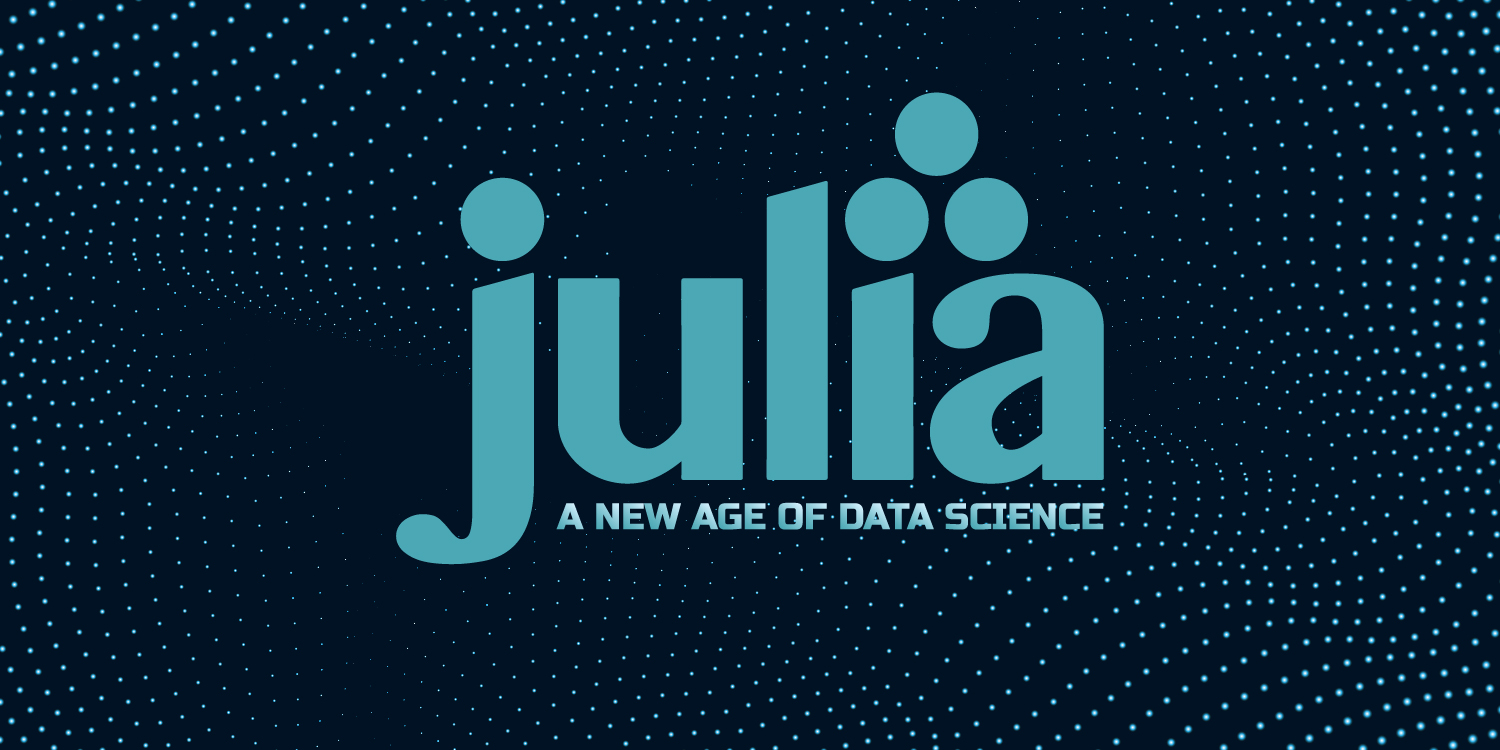
Julia is a high-level, high-performance programming language designed for technical and scientific computing. It has gained popularity in the field of data science due to its speed, ease of use, and versatility.
Here are some key aspects of Julia for data science:
1. Performance:
Julia known for its exceptional performance. It is specifically designed to be as fast as low-level languages like C and Fortran while maintaining the high-level abstractions that make coding easier. This speed is particularly beneficial for data-intensive tasks.
2.Data Manipulation:
Julia has a rich ecosystem of packages for data manipulation, similar to Python’s pandas or R’s data.frame. The DataFrames.jl package is commonly used for working with tabular data.
3.Visualization:
Data visualization is a crucial part of data science, and Julia offers several libraries for creating plots and charts. Plots.jl is a popular package that provides a high-level interface for generating various types of plots.
4.Machine Learning:
Julia has a growing ecosystem of machine learning libraries, including MLJ, Flux.jl, and ScikitLearn.jl. These libraries provide tools for building and training machine learning models.
5.Statistics:
Julia has strong support for statistical analysis and hypothesis testing. The StatsBase.jl and HypothesisTests.jl packages are examples of packages used for statistical calculations.
6.Parallel and Distributed Computing:
Julia’s design makes it easy to write parallel and distributed code. This is particularly useful for handling large datasets and running computations across multiple cores or even distributed clusters.
7.Data I/O:
Julia provides support for reading and writing data in various formats, including CSV, JSON, and HDF5. You can use packages like CSV.jl and JSON.jl for these tasks.
8.Jupyter Notebooks:
Julia used with Jupyter notebooks, which are popular for interactive data exploration and analysis. The IJulia.jl package allows you to use Julia within Jupyter notebooks.
9.Community and Packages:
While Julia’s ecosystem is not as extensive as Python’s, it’s growing rapidly, and the community is active in developing new packages and improving existing ones.
When choosing a programming language for data science, consider your specific needs and the existing expertise of your team. Julia can be an excellent choice if you require high-performance computing, want to leverage the benefits of a modern language, or need to work in environments where speed is crucial, such as scientific research, financial modeling, or machine learning. However, Python and R also remain popular choices for data science due to their extensive libraries and large user communities. Please visit Julia lang Official site:
Locus Academy has more than a decade experience in delivering the training, Staffing, consulting on Julia for Data Science for corporates across the globe. The participants for the training, Staffing, consulting on Julia for Data Science extremely satisfied and able to implement the learnings in their on going projects.


